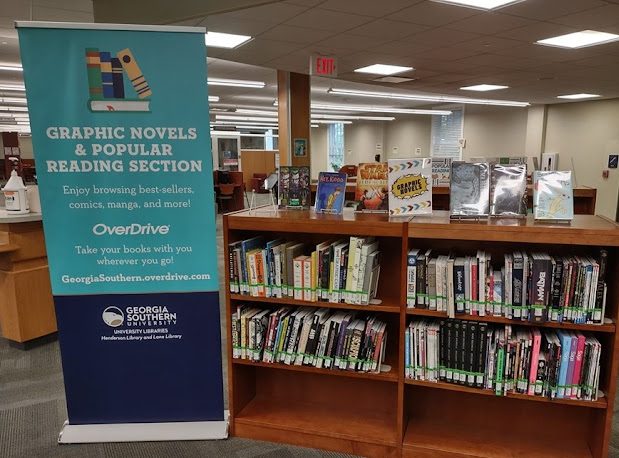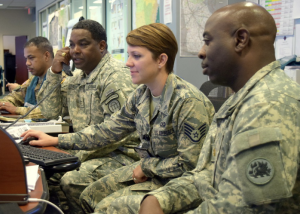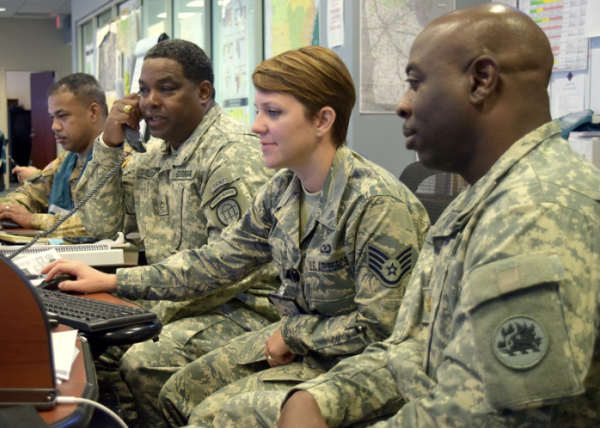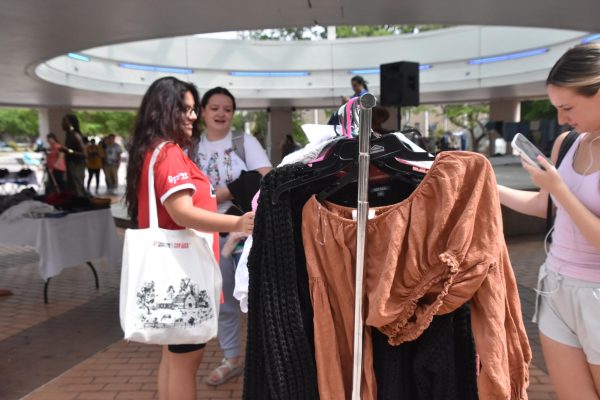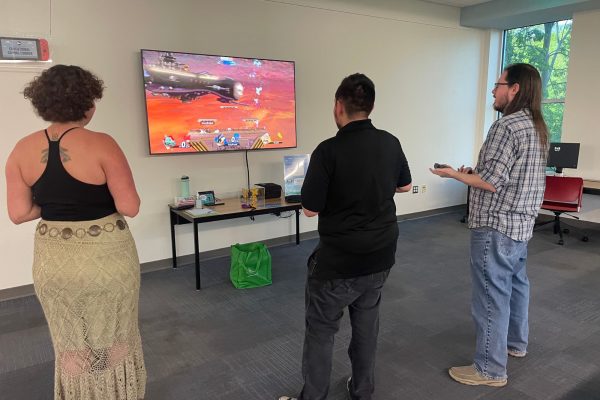Registration process explained
November 7, 2013
Georgia Southern University students approach registration as a necessary pain that hopefully will be done in minutes, if not seconds, but the planning and behind the scenes technology work involves months of preparation.
“We prepare months in advance because we have to set up the courses we are going to offer, have to decide which professors are going to offer which courses, what times, what rooms. For us it’s the logistics of getting everything setup that is difficult for us,” Eric Kartchner, Ph.D., chair of Foreign Language Department, said.
In order to keep the classes from filling up at the same time, the departments will not open all the seats at once, but will open the seats gradually until all sections have the required number of seats, Kartchner said.
“So let’s say for example in CLASS (College of Liberal Arts and Social Sciences) that the course minimums for lower division courses is twenty, so you have to have at least twenty students in there. So let’s say I’ve decided to offer ten sections of Spanish one thousand one. Well I can’t afford to have one fill up to five and another fill up to thirty, I have to keep them all filling up at the same time,” Kartchner said.
When a course does not reach its minimum requirement there is a higher likelihood of it being dropped.
Most course minimums are per departmental policies to meet a quota. Student credit hour quotas are done by offering the courses that students want and need for progression in a program, Kartchner said.
“As course planners we are conscious of the fact that, that first week, a bunch of people are going to drop, so we have to say ‘ok, well how many people are going to drop out of this course? How many do I need in it so that when they drop I’ll still have enough to meet the course minimums?’” Kartchner said.
Just offering the minimum enrollment will not help the department come closer to reaching the quota, if the quota is 100 seats that cannot be reached by offering two sections of that class and only allowing 20 people, Kartchner said.
The course, the instructor, the departmental policies, the size of the room, the fire code, the course content and the accreditation are all factors that go into consideration for the number of students placed in a class.
The days of registration are a peak time for those working behind the scenes on the technology side of the process.
In past years there have been complaints about the server shutting down on key days of registration due to overloading the system. This year it was requested to spread out registration times to lessen the chance of a shut down, Steven Burrell, vice president for Information Technology and chief information officer at GSU, said.
A crash in the system occurs when too many people are trying to do the same thing at the same time, Burrell said.
“If you think about going to a Braves game, if we were to allow people to come into the stadium section by section everybody wants to go at the same time and its going to be crowded for a little bit but then its going to thin out and then we are going to wait 45 minutes to an hour and let the next group go in, it takes longer to get into the stadium but the amount of time people are waiting is shorter,” Burrell said.
There are steps in place to improve the registration experience for students in the future but student feedback is appreciated for better improvements.
“Later this month we will be upgrading some of the software and hardware behind WINGS which is going to allow us to bring more computing resources to these peak periods of utilization,” Burrell said.
Different browser types, the speed of a computer and the Wi-Fi connection all play a contributing role in how well the system works.
There are discussions in place with Ellucian, the company that makes and publishes the software that is used for student information system management, to improve the confusing aspects of the software’s functionality, Burrell said.
“Just cobbled together, the user interface isn’t like Amazon. It’s not friendly. It feels like we’ve bolted weird things together and made it work,” Burrell said.
Burrell said that a mobile device for registration and drop/adds is an advancement that is a possibility in the future.


